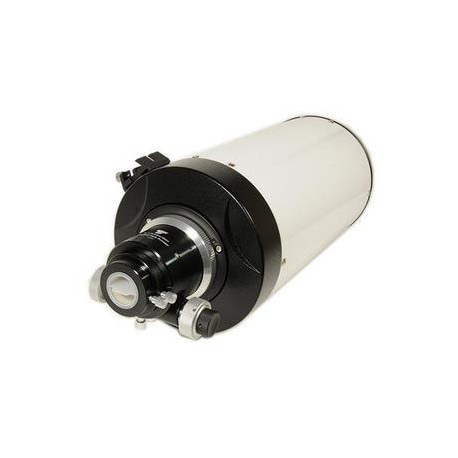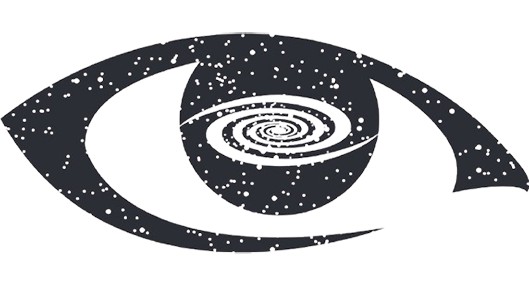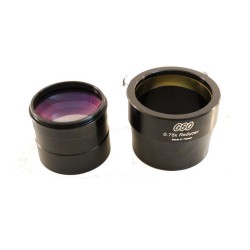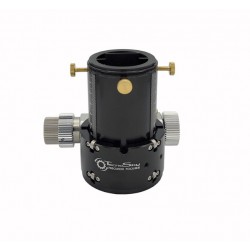No products
Prices are tax included
 View larger
View larger
Online only
GSO 6-Inch RC Telescope, Metal Tube with Crayford Focuser
GSORC6 pouces, metal / crayford
New product
GSO 6-Inch RC Telescope, Metal Tube with Crayford Focuser
1 Item
Available.
More info
GSO 6-Inch RC Telescope, Metal Tube with Crayford Focuser
This new telescope developed by GSO is especially well-suited for astrophotography and, for the first time, is available at an affordable price. It is based on a pure reflective optical system, free of chromatic aberration, using two mirrors: a hyperbolic primary mirror and a convex hyperbolic secondary mirror. The telescope is coma-free and offers a wide field of view. Thanks to the open tube design and quartz mirrors of the RC system, the tube cools down quickly and is almost unaffected by dew. This clever system even allows for infrared photography.
Unlike the traditional Crayford system, the Monorail focuser slides along a rail instead of ball bearings, ensuring precise adjustment with no image shifting. With its 3" focuser and 2" adapter, it is compatible with a wide range of eyepieces.
To enhance your astrophotography experience, we recommend upgrading your equipment with the Tecnosky Precision L focuser and its RC adapter. These accessories are designed to maximize focusing precision and smoothness, allowing you to get the most out of your optics.
By purchasing these accessories together with your telescope, you will receive an exclusive 5% discount on the focuser and adapter. Feel free to contact us before placing your order so we can provide you with a personalized discount voucher.
Key advantages at a glance:
-
Ideal for astrophotography
-
No chromatic aberration
-
Open-tube design
Optics
-
Type: Reflector
-
Design: Ritchey-Chrétien
-
Aperture (mm): 152
-
Focal length (mm): 1370
-
Focal ratio: f/9
-
Resolving power: 0.76 arcseconds
-
Limiting magnitude: 12.7
-
Light-gathering power: 470×
-
Max useful magnification: 304×
-
Tube weight (kg): 5.4
-
Tube length (mm): 500
Focuser
-
Design: Crayford
-
Eyepiece connection: 2"
Mount
-
Mount type: No mount (OTA only)
-
GoTo system: No
-
Tracking: No
Suitable for:
-
Moon & planets: Yes
-
Nebulae & galaxies: Yes
-
Nature observation: Yes
-
Astrophotography: Yes
-
Solar observation: Not recommended (only with proper solar filter)
Recommended for:
-
Beginners: No
-
Experienced amateurs: Yes
-
Advanced users: Yes



